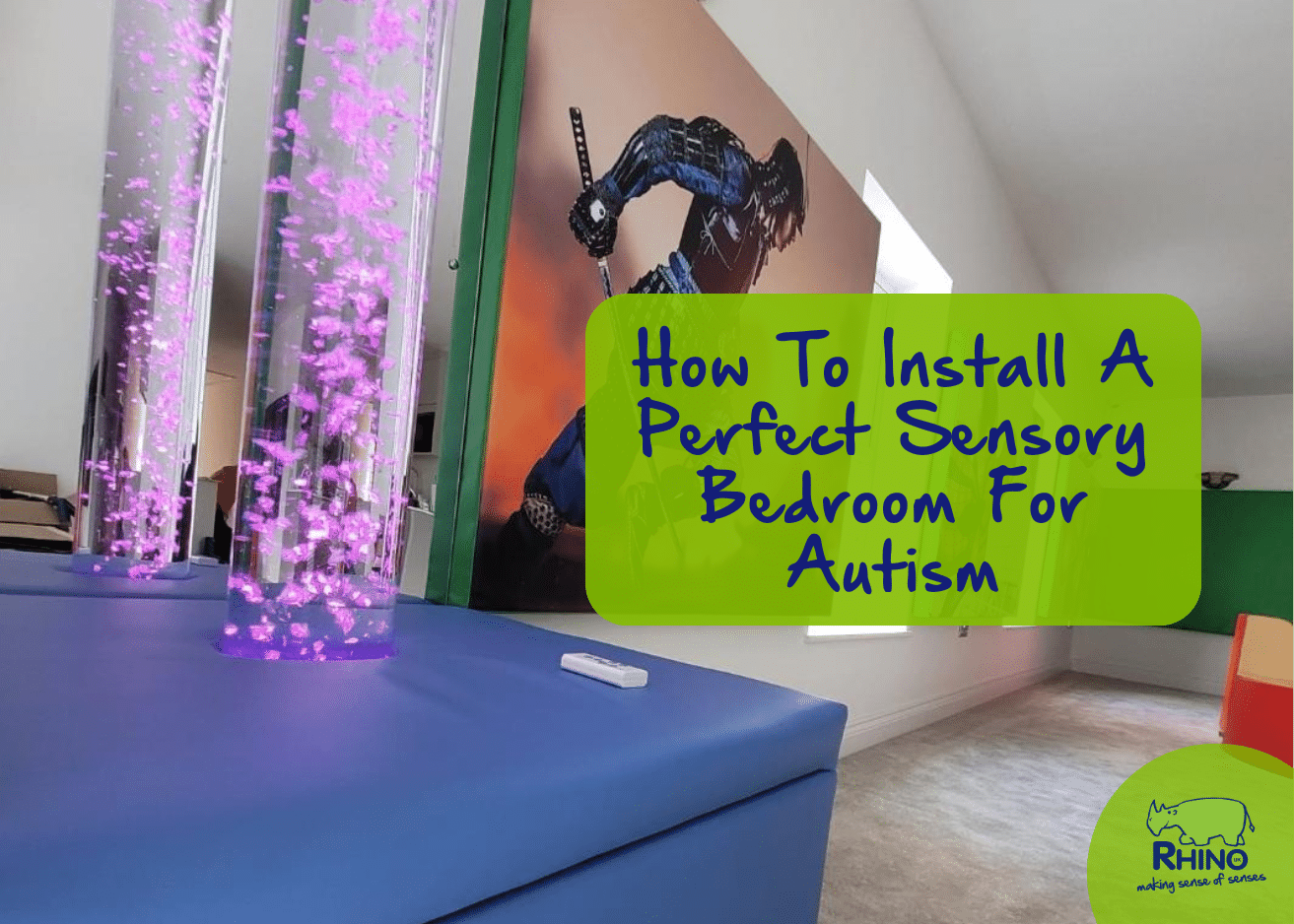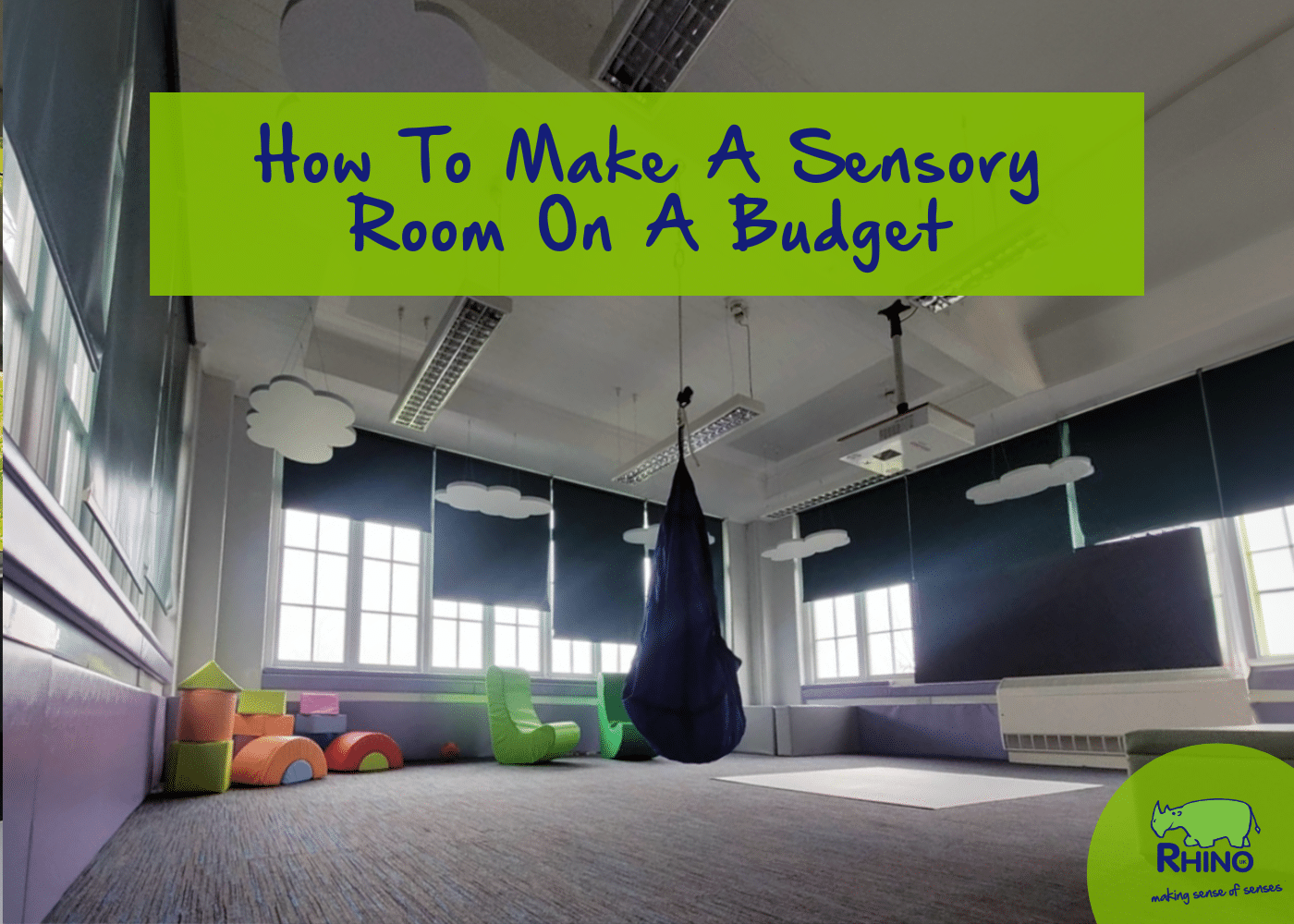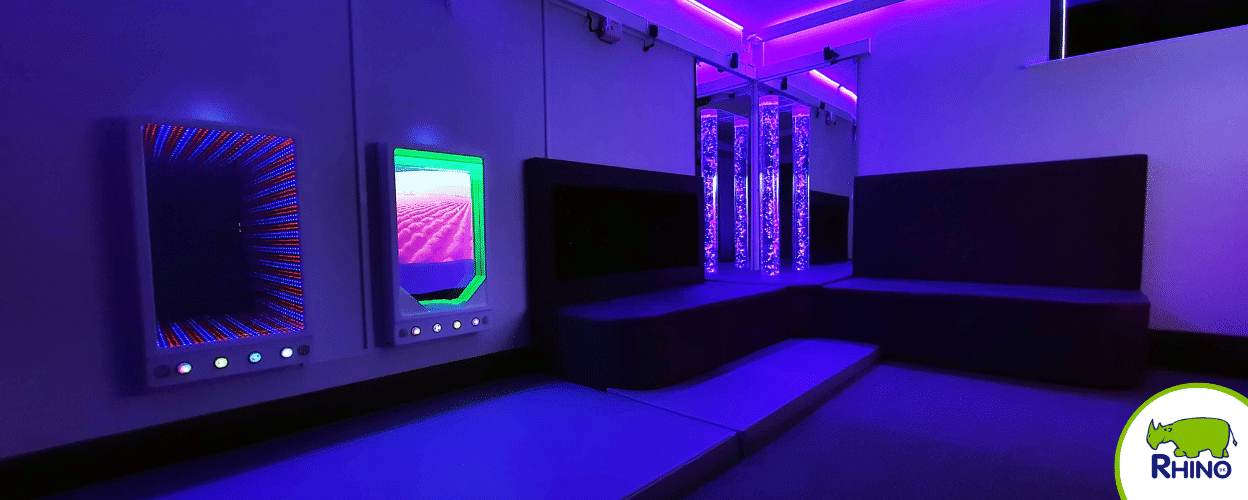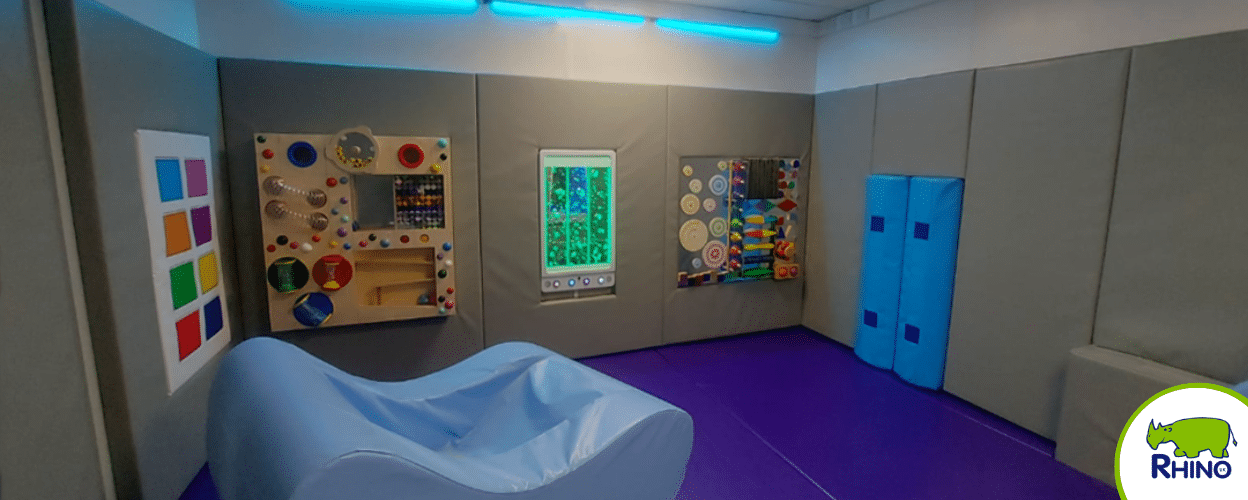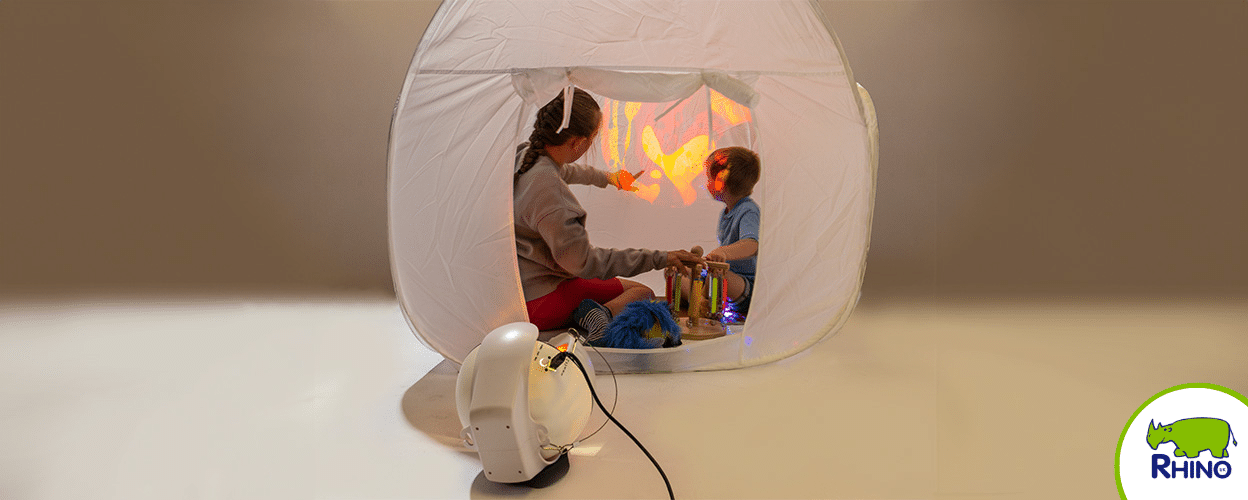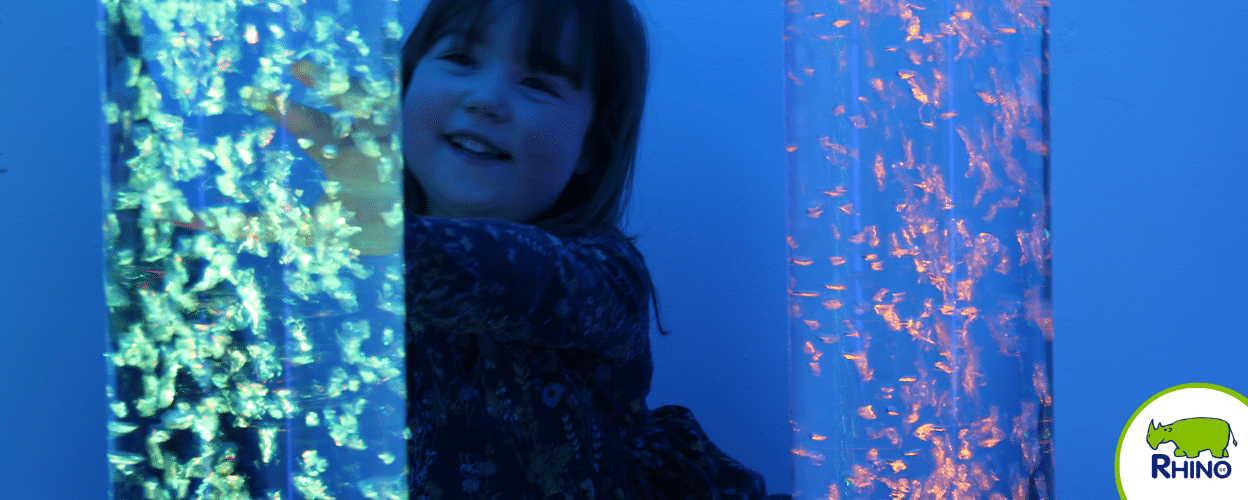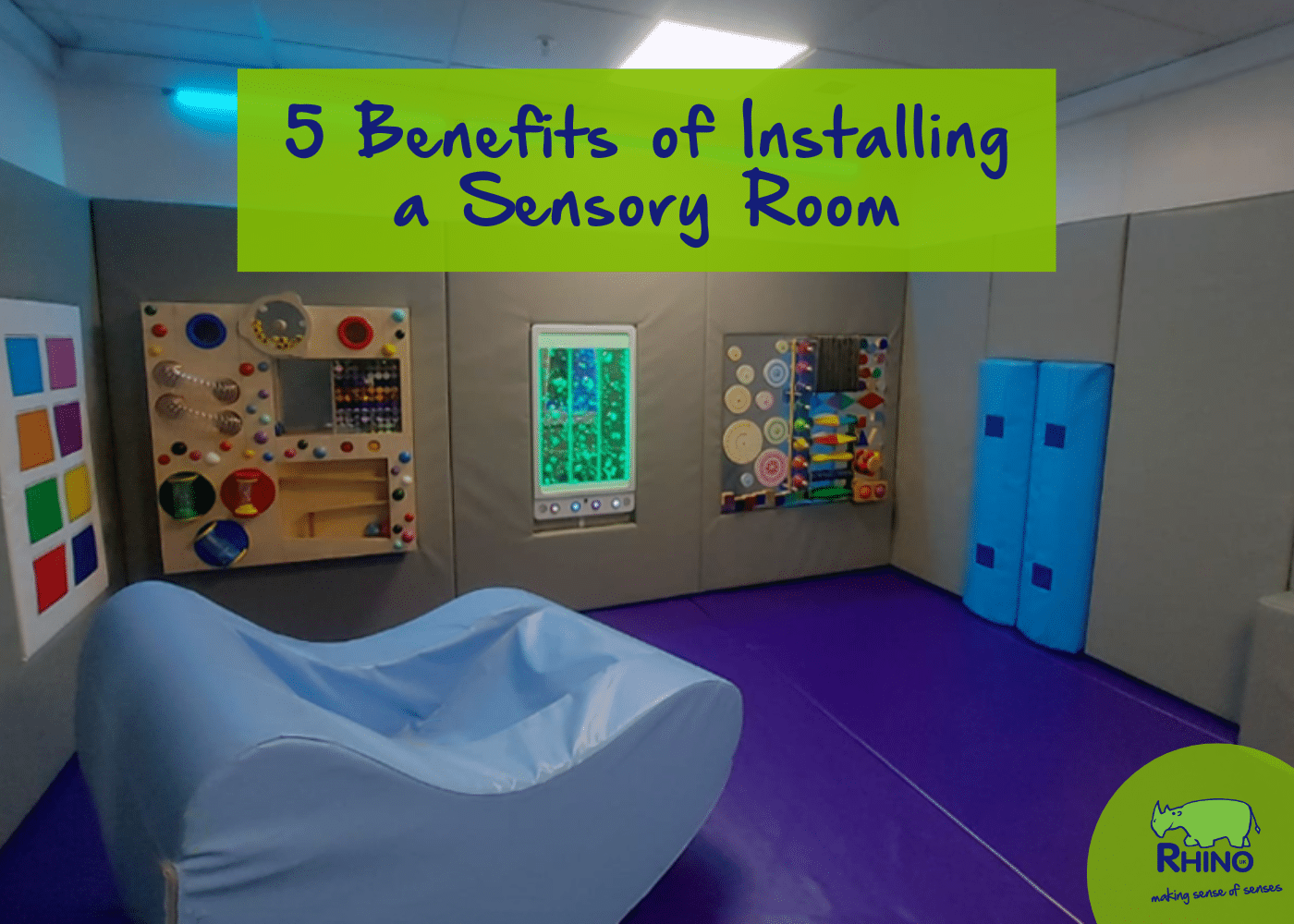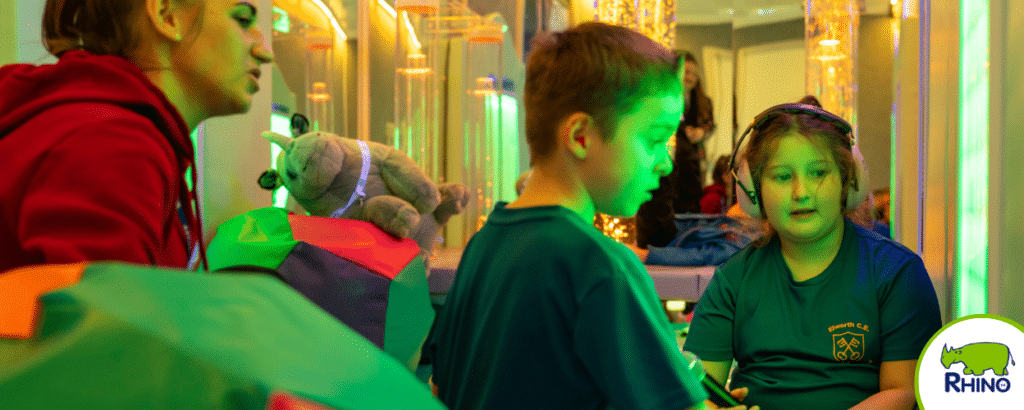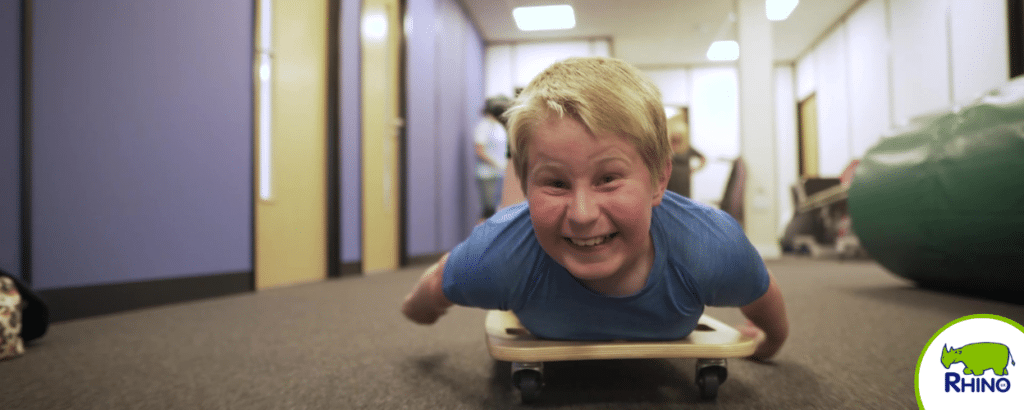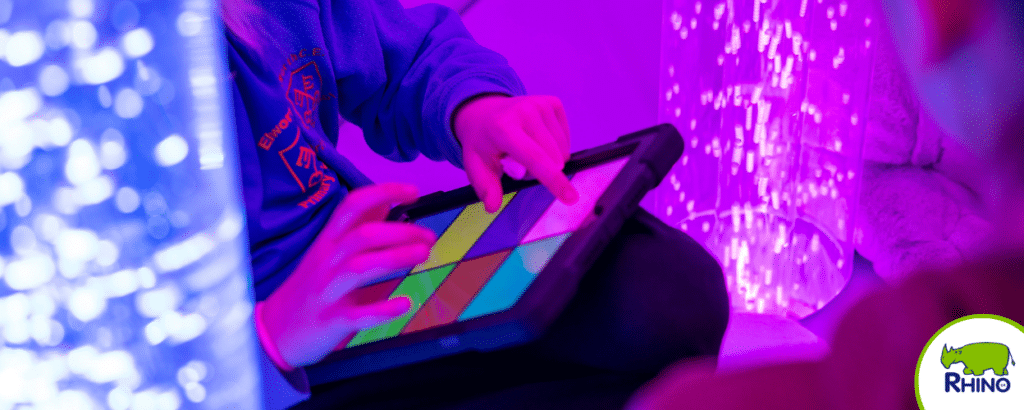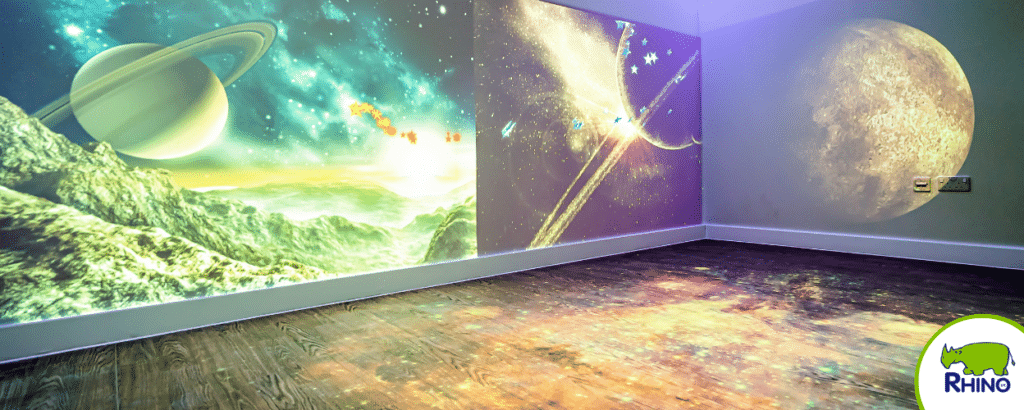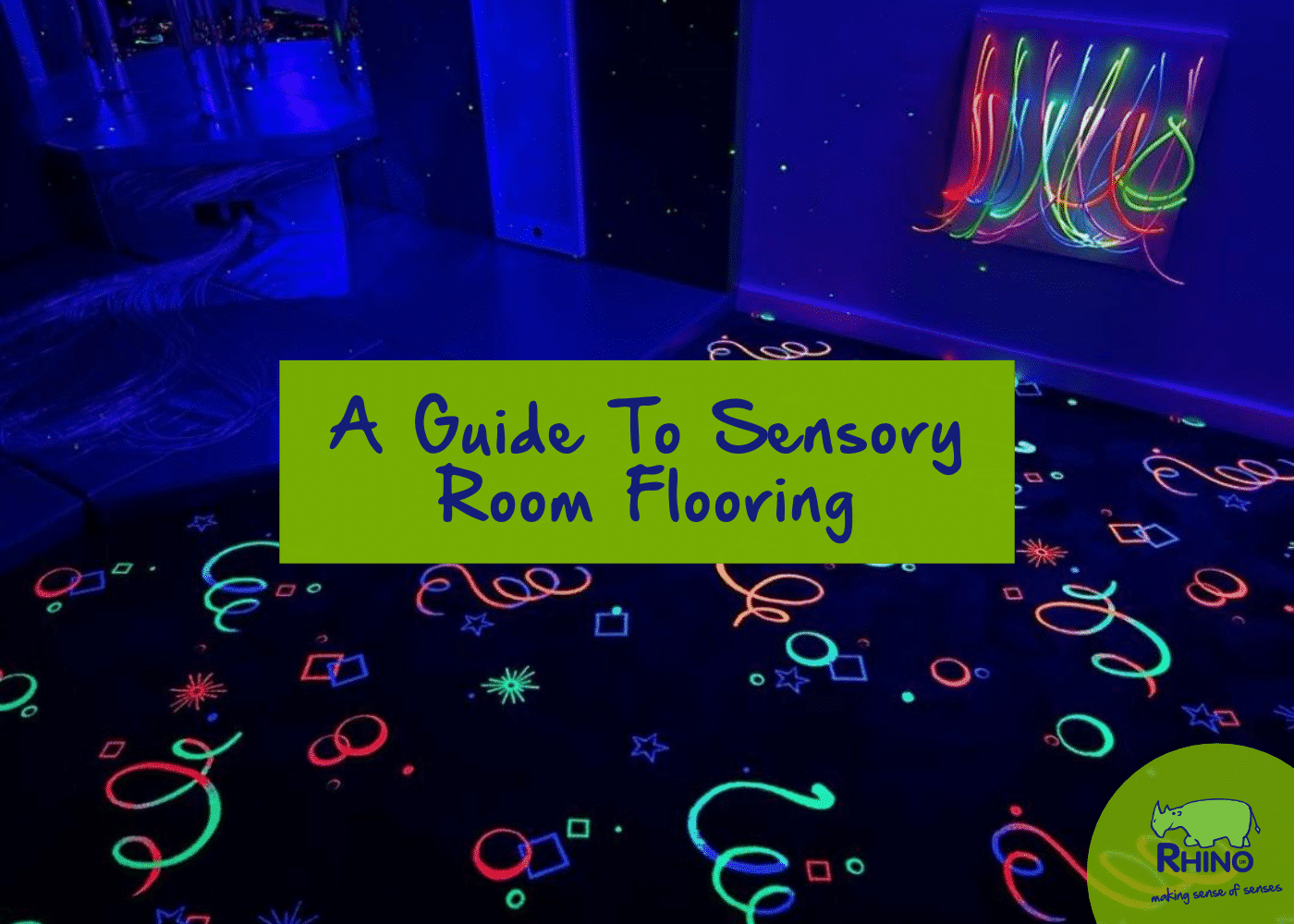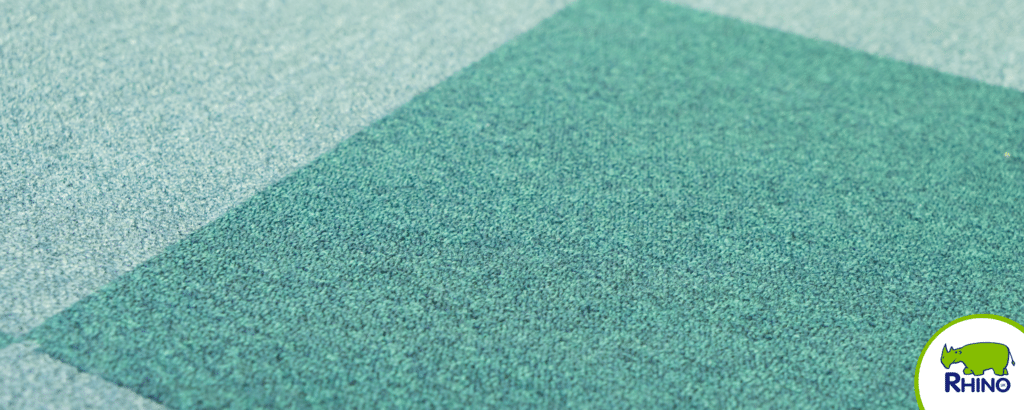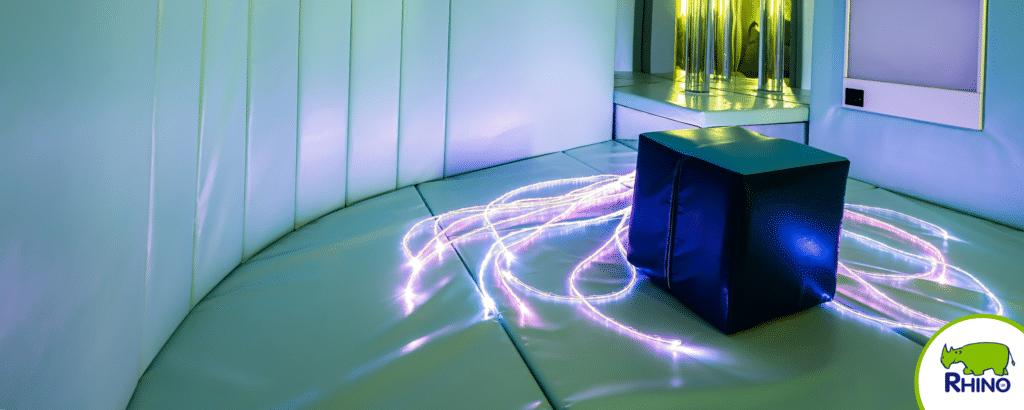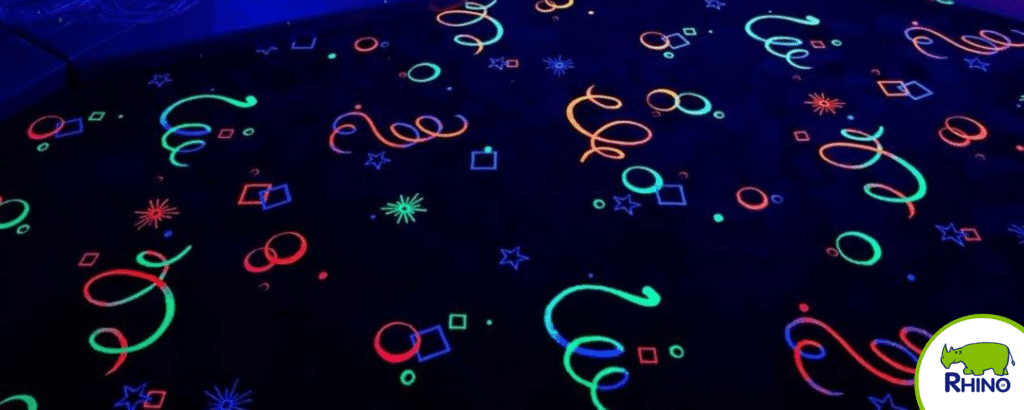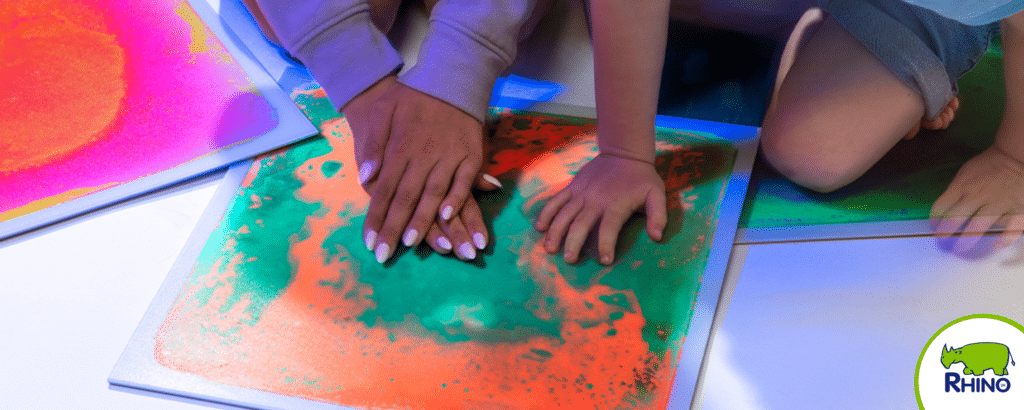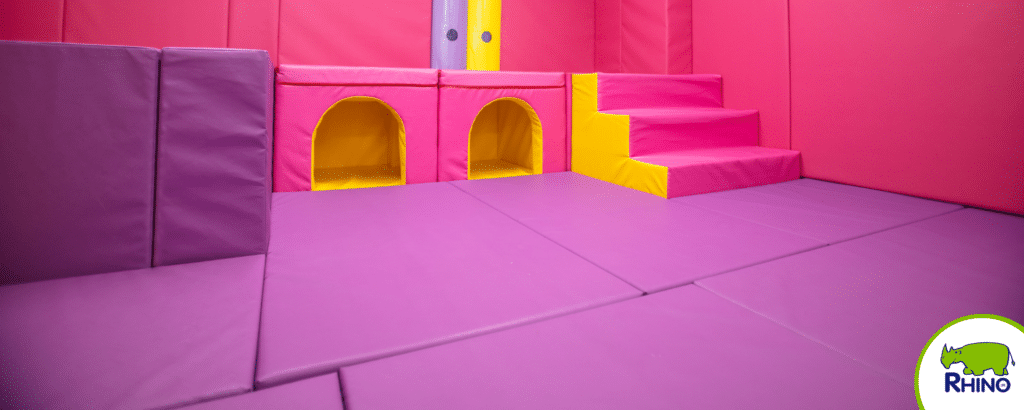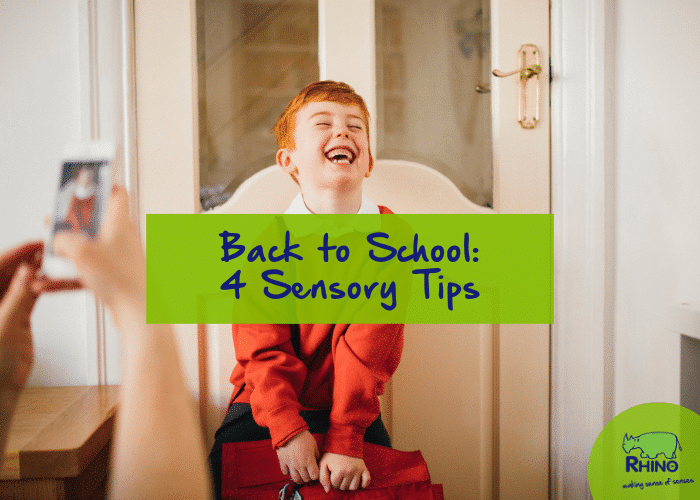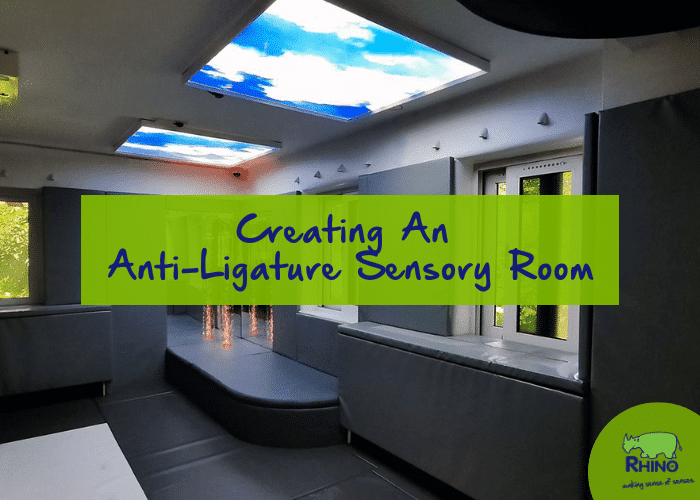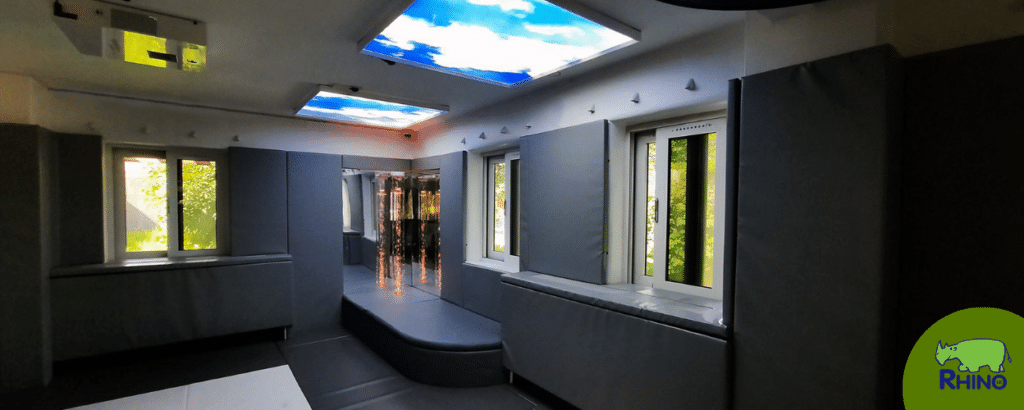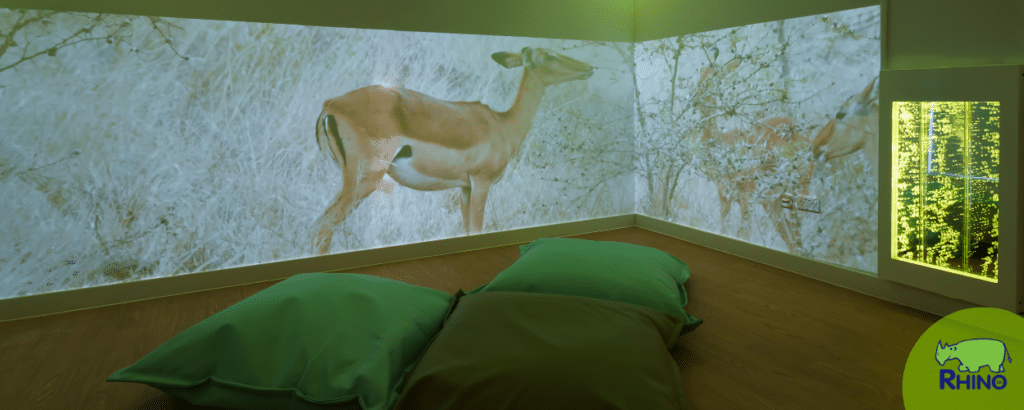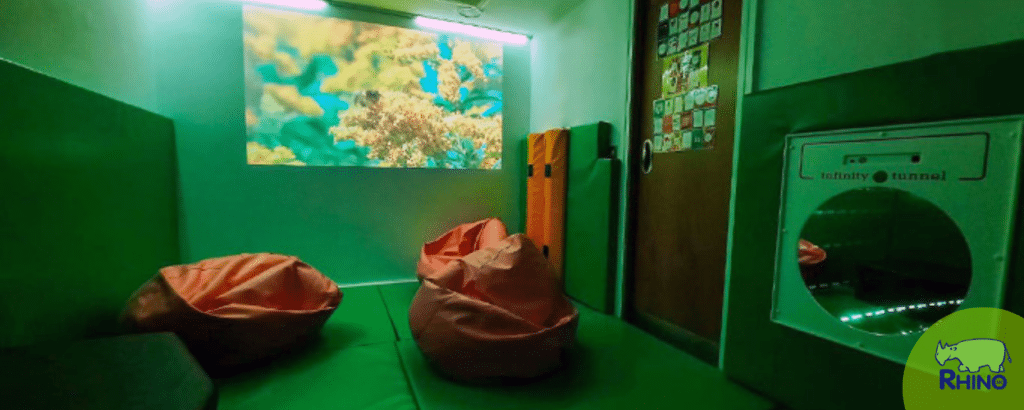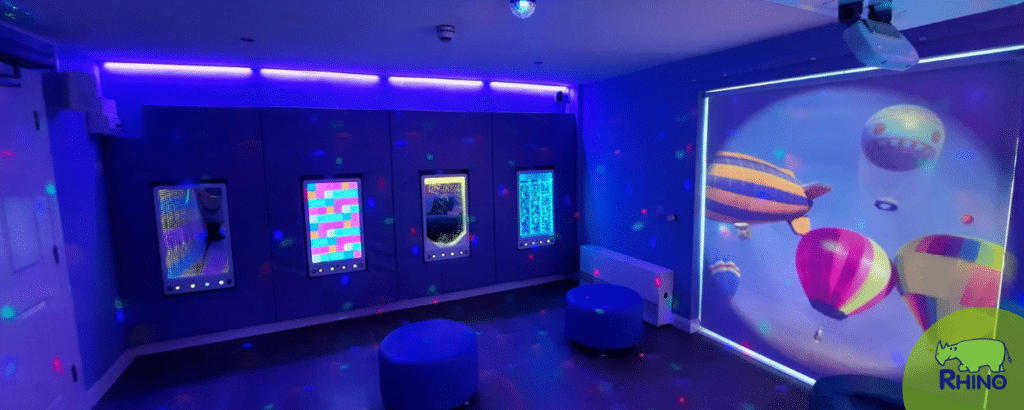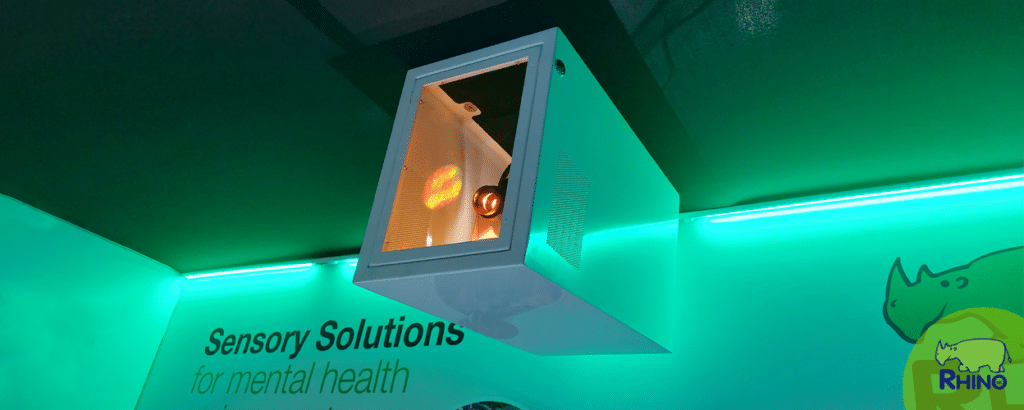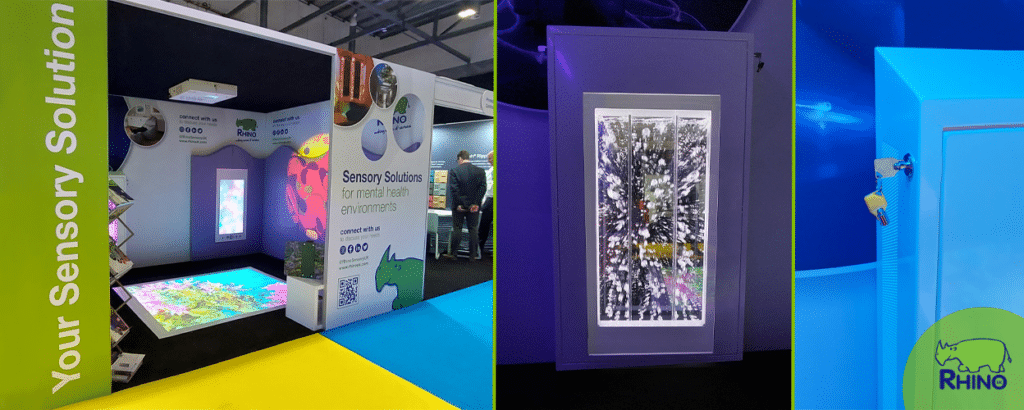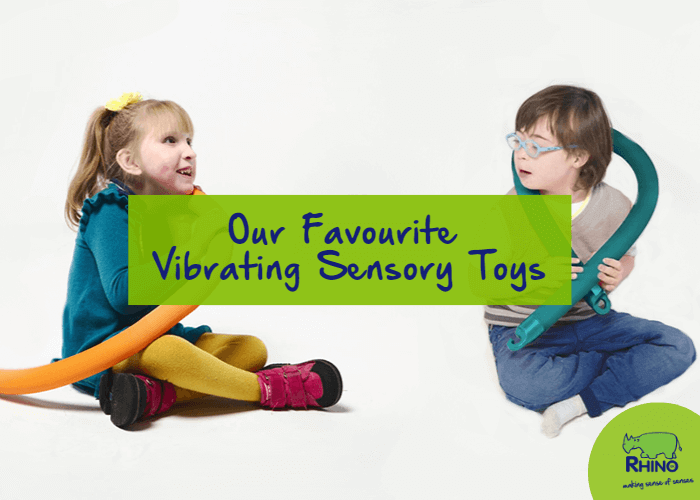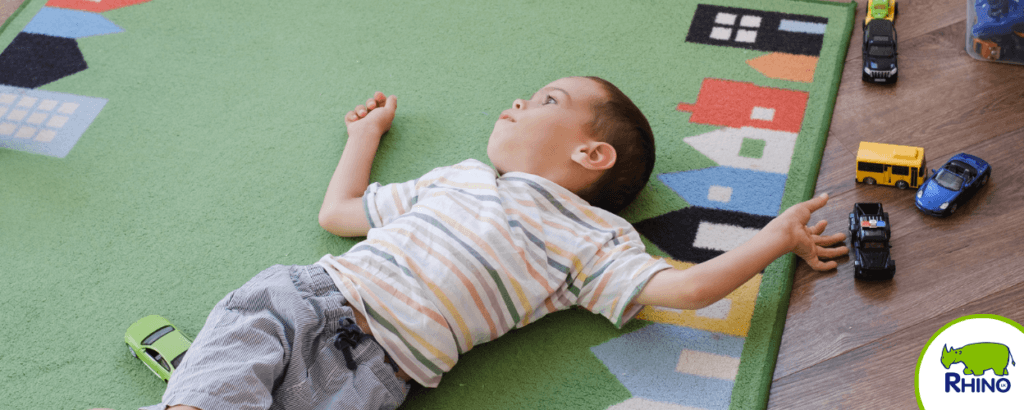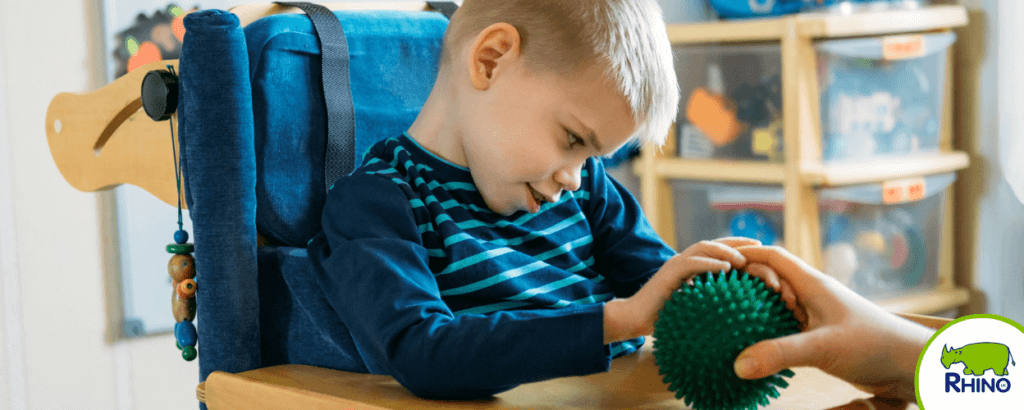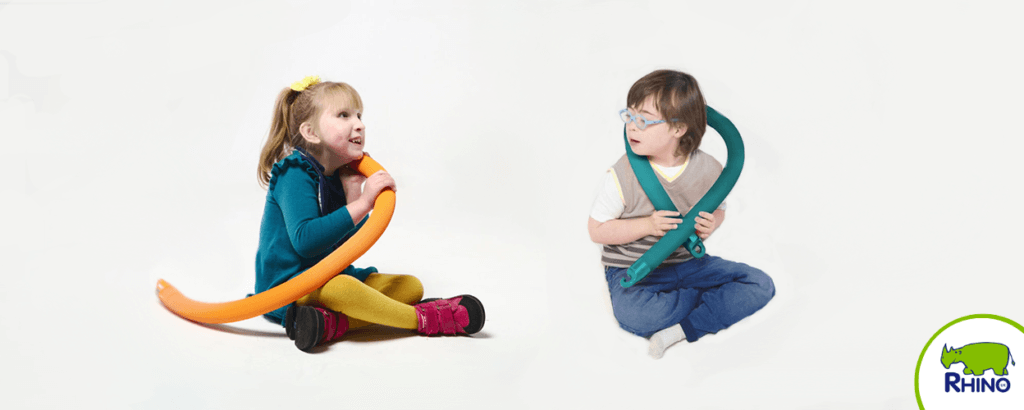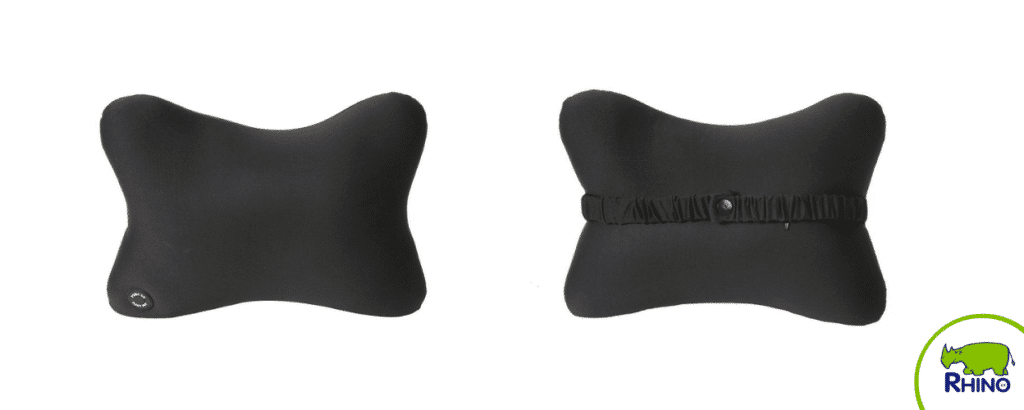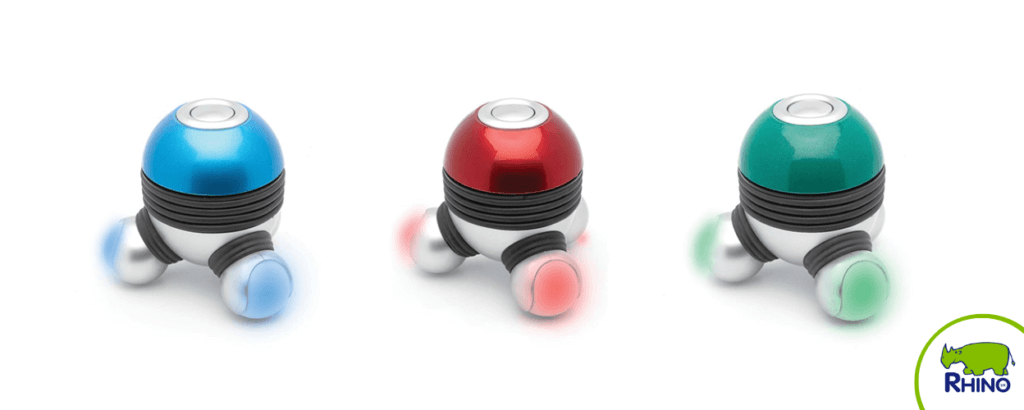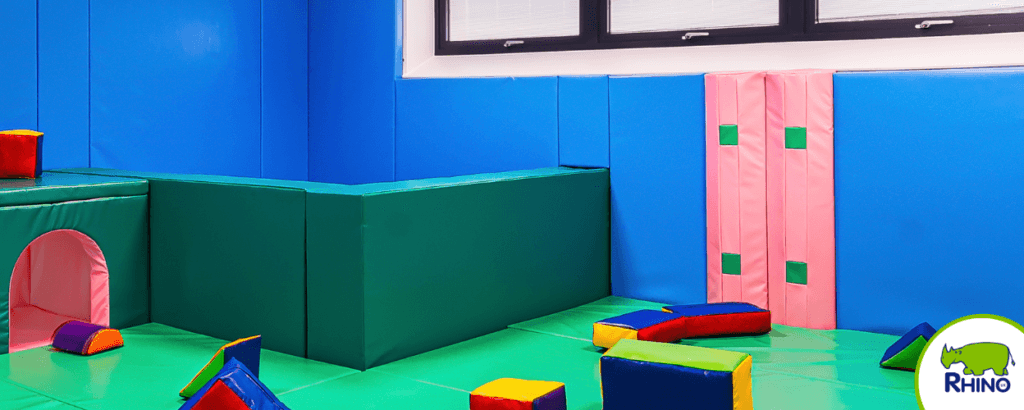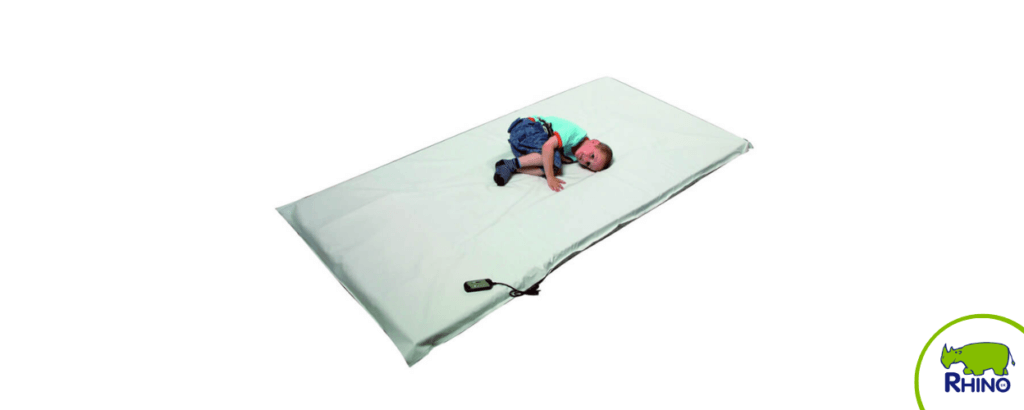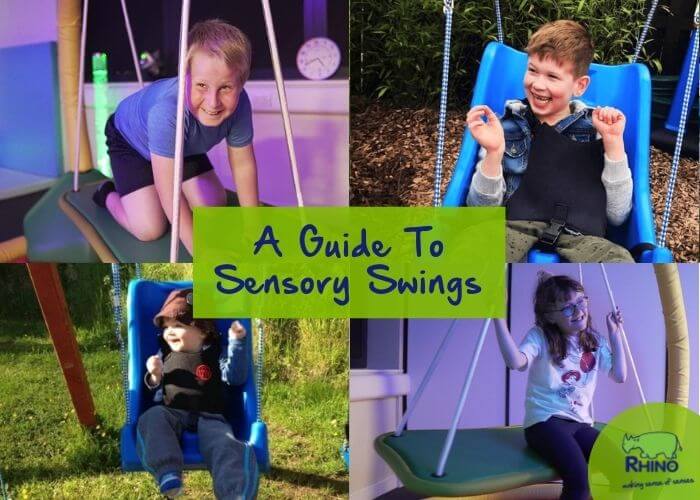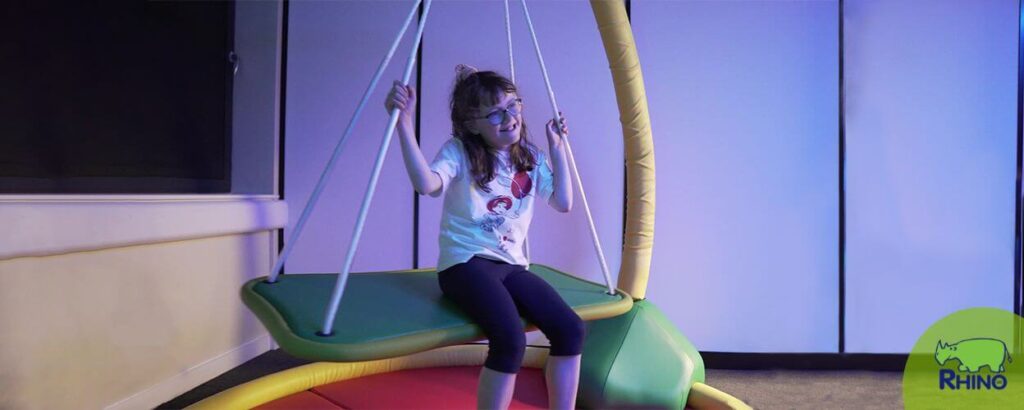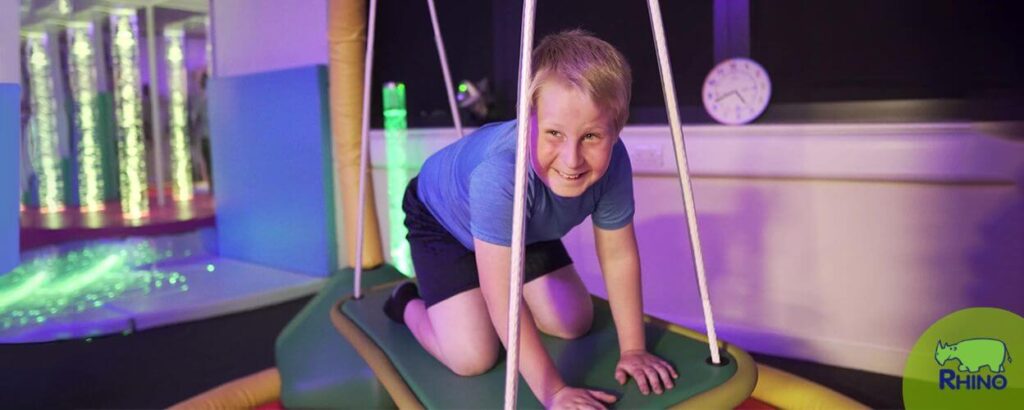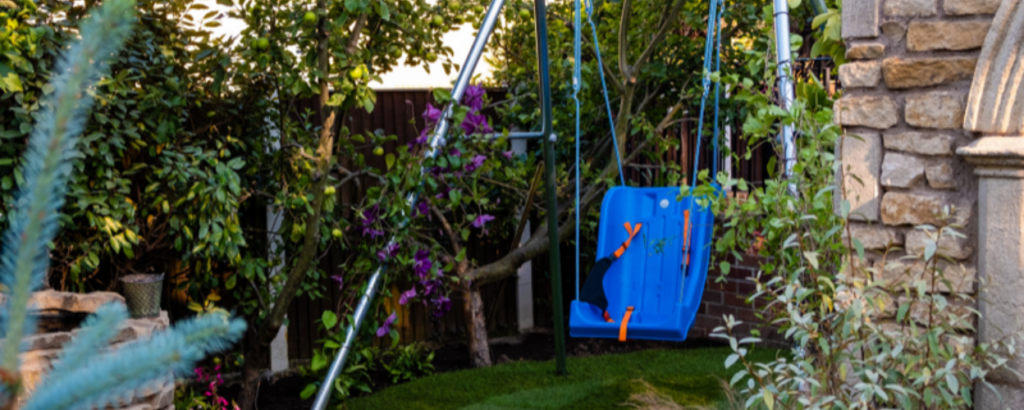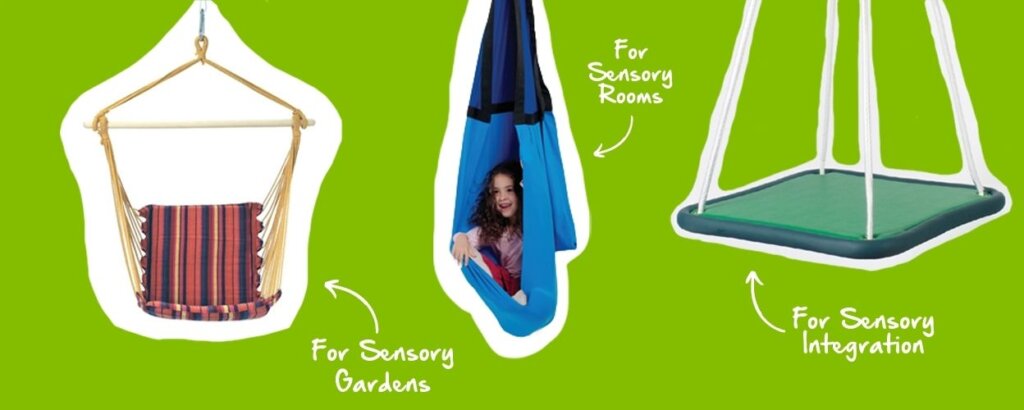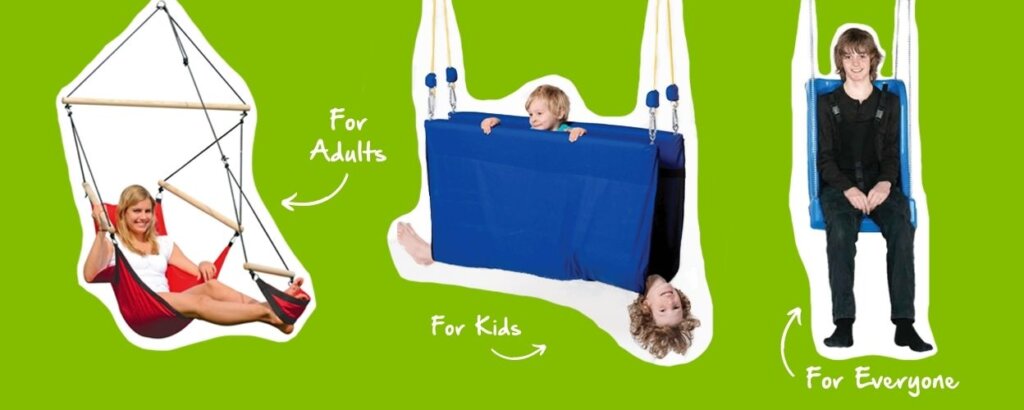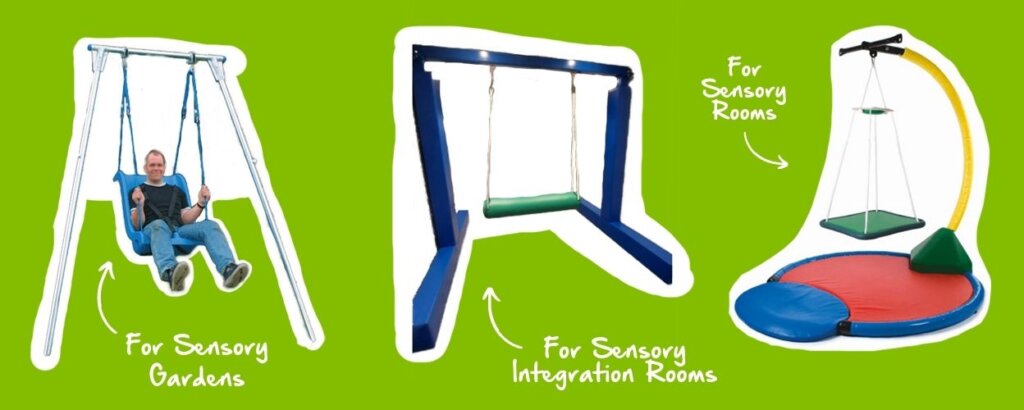What Size Should My Sensory Room Be? Is a question that our sensory team gets asked a lot. And although it’s a simple question, it’s not quite as easy to give a simple answer back. That’s because sensory rooms come in all shapes and sizes.
Some people will have lots of free space, whilst others might be lucky enough to be building a purpose-built area, but it’s most likely that you’re looking to transform a small classroom or an empty storage space into a brand-new sensory area (which is more common than you’d think).
Typically, we say no space is too small (or too large) for a sensory space. But we understand that you might want a bit more clarity on exactly what the ideal size for a sensory room is.
Carry on reading to find out more!
An ‘Ideal’ Sensory Room Size
Ideally – where there are no limits to budget or space – we’d recommend that a sensory space is at least 3 x 4m. This ensures enough room for sensory resources, space to move around and explore, and accessibility for room users and support staff.
If you’re looking to create a social sensory space that can used by multiple people at the same time, we’d recommend using this formula: 3m x (the number of people you’d like to use the room x 1m).
Explaining the 3m x 4m Rule
For example, a teacher would like a sensory space that comfortably accommodates five students at a time so they can run inclusive sensory learning lessons.
So that’s 3m x (5 students x 1m) = 3m x 5m
Once you’ve worked out your equation, you can balance the sides to create an even space, for example, swapping 3m x 5m to 4m x 4m. This works so long as you don’t go under the 3m x 4m rule.

Things Aren’t Always That Simple
Sensory rooms can come in all shapes and sizes, from converted storage cupboards to huge halls. The only constant is the magical sensory experiences they provide. So, when it comes to choosing a space for your sensory area, it doesn’t really matter what space you’re working with (our sensory design team is always on hand to help out!).
There are, of course, a few things that you should consider before you choose the location of your sensory space:
- Accessibility
- Is the space easy to get to? Wheelchair accessible? Close to where users might be more likely to have a sensory meltdown for easy de-escalation?
- Your Budget
- There’s no point in spending all your budget on transforming a larger sensory area if you don’t have the budget to fill the space with sensory resources.
- Location
- It’s best to make sure that your space isn’t in a noisy or busy area, as that can disrupt your sensory space’s calm and controlled environment.
- Sensory Room Type
- A classic sensory room is adaptable and can work in any sort of space – big or small. Whereas soft play and sensory integration rooms typically need more space (they’re more active and you need more space to move around).
- Don’t know what type of sensory room you’d like to create? Get in touch with our design team for advice and inspiration.
- A classic sensory room is adaptable and can work in any sort of space – big or small. Whereas soft play and sensory integration rooms typically need more space (they’re more active and you need more space to move around).

If You Have A Small Space
Small sensory rooms typically have a cosier ambience and make for perfect chill-out or calming spaces. You can really take advantage of sensory light effects, creating moody dark rooms or brightening up spaces with LED Wall Wash. Smaller spaces also require fewer resources, making them perfect for those who are more budget-conscious.
Small Sensory Room Must Haves:
If You Have A Big Space
Bigger sensory spaces create the opportunity for more exciting sensory projects like adventure-filled soft play rooms and out-of-this-world immersive reality spaces. They’re great places for collaborative play, sensory circuits, and inclusive learning classes. Larger sensory spaces are ideal for developing gross motor, vestibular and proprioceptive sensory skills, as they can accommodate therapeutic swings, rocker chairs, and interactive wall projectors.
Large Sensory Room Must Haves:
Our sensory experts are always on hand to help you with your sensory project. They’ll be more than happy to share their expert advice so that you can create a sensory space that matches your needs, space and budget. Get in touch for more information 🙂

